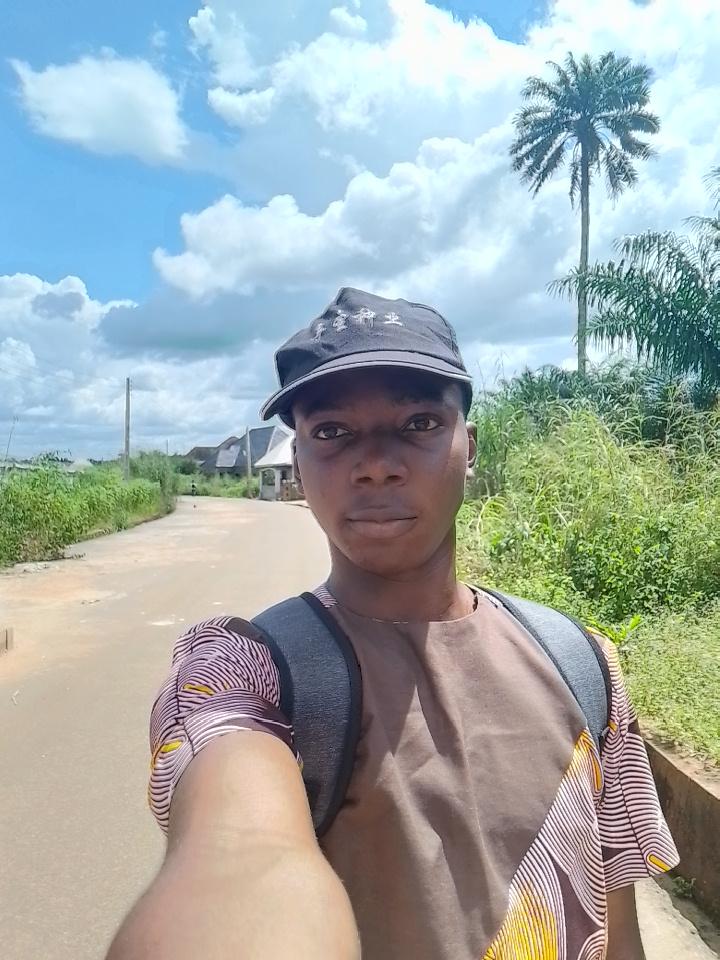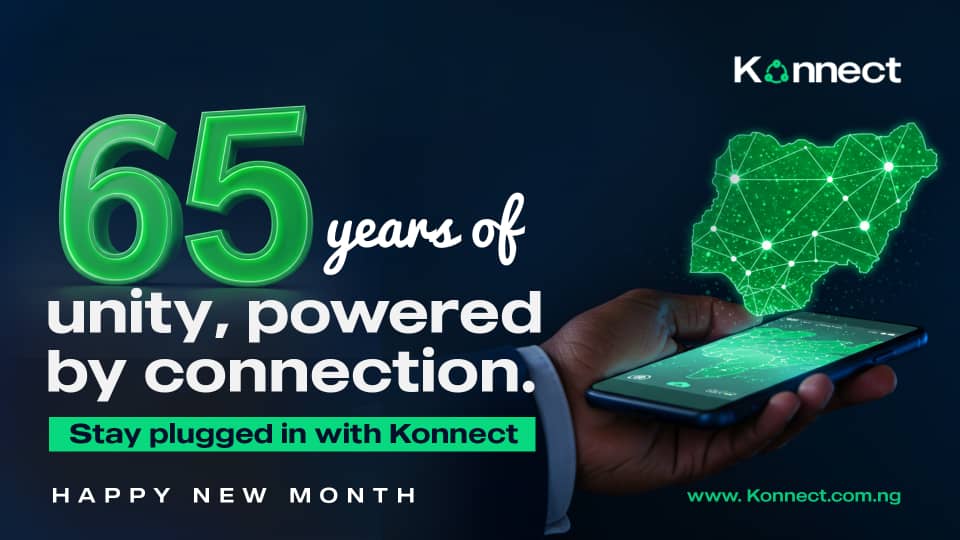Sponsored Advertisements
HERE IS HOW DEAF👂👂🙅🙅♀️ PEOPLE KEEP MUSICS🎵🎤🎧🎺🎻🎹🎼 🎶 RYTHM EVEN THEY CAN'T HEAR 🦻🦻???
Leave a Reply
New Discussions
-
konnect cash out Every 25th of a new month

Konnect Official
27 mins ago99 -
Earn in Dollars

King
41 mins ago00 -
The most expensive thing in this picture is not even the car.. oh God 💔

Mich Elle
42 mins ago00 -
My mind cut, cause I think say na me dem dey find 😂

Mich Elle
48 mins ago00 -
I trust in you, Lord.

Mich Elle
49 mins ago00













Redblue
36 days agoDeaf individuals can experience and appreciate music in various ways, even if they can't hear it in the classical sense. Here are some ways they might keep rhythm:
- *Vibration*: Many deaf people can feel the vibrations of music through their skin, which can help them sense the rhythm. This can be especially true for bass notes or strong drumbeats.
- *Visual cues*: Deaf individuals might watch the musician's movements, body language, or visual displays of music (like light installations) to follow the rhythm.
- *Tactile signing*: Some deaf people might use tactile signing, where they place their hands on a musician's body or an instrument to feel the vibrations and movements.
- *Sign language interpretation*: Deaf individuals might watch a sign language interpreter who translates the music into sign language, allowing them to follow the rhythm and lyrics.
- *Feeling the beat*: Some deaf people might develop an internal sense of rhythm through other means, such as feeling the beat through physical sensations or visualizing the rhythm.
Deaf musicians might also use various techniques to create music, such as:
- *Feeling vibrations through instruments*: They might place their hands on instruments to feel the vibrations and adjust their playing accordingly.
- *Using visual aids*: They might use visual aids like metronomes or light displays to help them stay on beat.
- *Collaborating with others*: Deaf musicians might work with hearing musicians who can provide auditory cues or guidance.
It's worth noting that deafness is a diverse experience, and individuals might have different approaches to experiencing and creating music. Some might rely more heavily on visual or tactile cues, while others might develop unique strategies based on their personal experiences.
In recent years, there has been a growing recognition of Deaf culture and the importance of accessibility in music. Some artists and organizations are now incorporating sign language, visual elements, and other accessibility features into their performances and productions